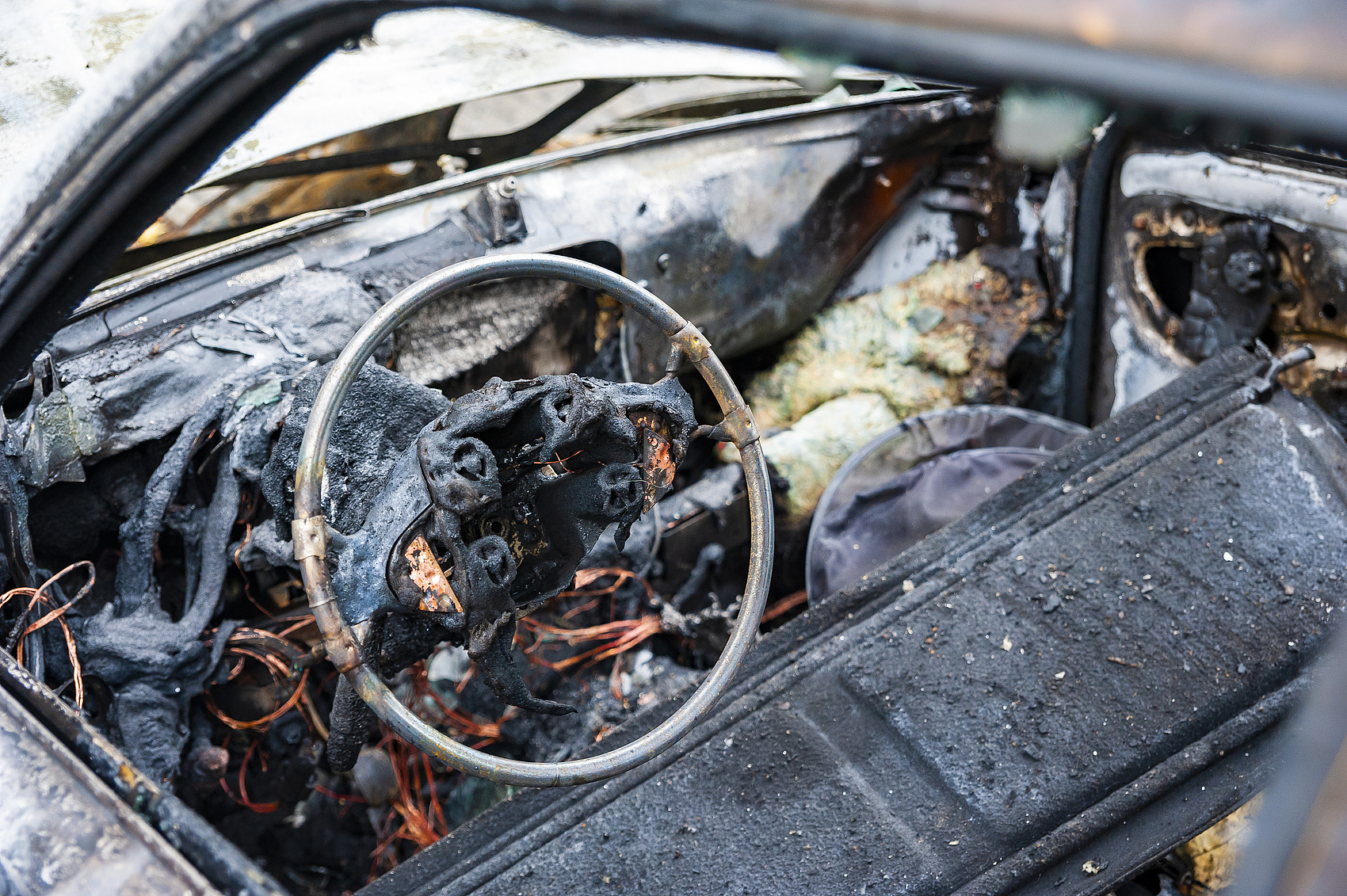What can happen when a hose clamp damages a car?
Release time:
2024-10-12











First, we need to clarify the role of hose clamps in the automotive system. Hose clamps, also known as clamps or pipe clamps, are primarily used to secure and seal hoses, hard pipes, or other pipe connections. In automobiles, they are often used to connect critical pipes in a vehicle's cooling system, fuel system, air intake system and other fluid transfer systems.
Now, let's explore the problems that can arise when the hose clamp is damaged:
Fluid leakage: The main function of the hose clamp is to ensure the tightness of the pipe connection. If the collar is damaged, the tightness of the joint will be affected, which may lead to fluid (such as fuel, coolant, oil, etc.) leakage.
System performance degradation: Fluid leakage can directly cause the performance of related systems (such as cooling systems, fuel systems, etc.) to deteriorate. For example, a coolant leak can cause an engine to overheat, while a fuel leak can cause safety issues.
Environmental pollution: Leaking fuel, oil, or other harmful fluids can pollute the environment, especially when drips onto the road or ground while the vehicle is in motion.
Safety hazards: In some cases, damage to the hose band may directly lead to serious safety hazards. For example, a fuel leak can cause a fire, especially if there is an open flame or near hot parts.
Economic loss: The damage of the hose band and the chain problems caused by it (such as system maintenance, replacement parts, environmental pollution fines, etc.) may bring significant economic losses to the owner.
To sum up, the hose band plays a crucial role in the automobile, and its damage may lead to a series of problems such as fluid leakage, system performance degradation, environmental pollution, safety hazards and economic losses. Therefore, regular inspection and maintenance of the status of the hose band is essential to ensure the safe and reliable operation of the car.
Related News
Contact us

© 2020 Tianjin City Kainuo Industrial Co., Ltd. All rights reserved Powered by:300.cn SEO TAG

